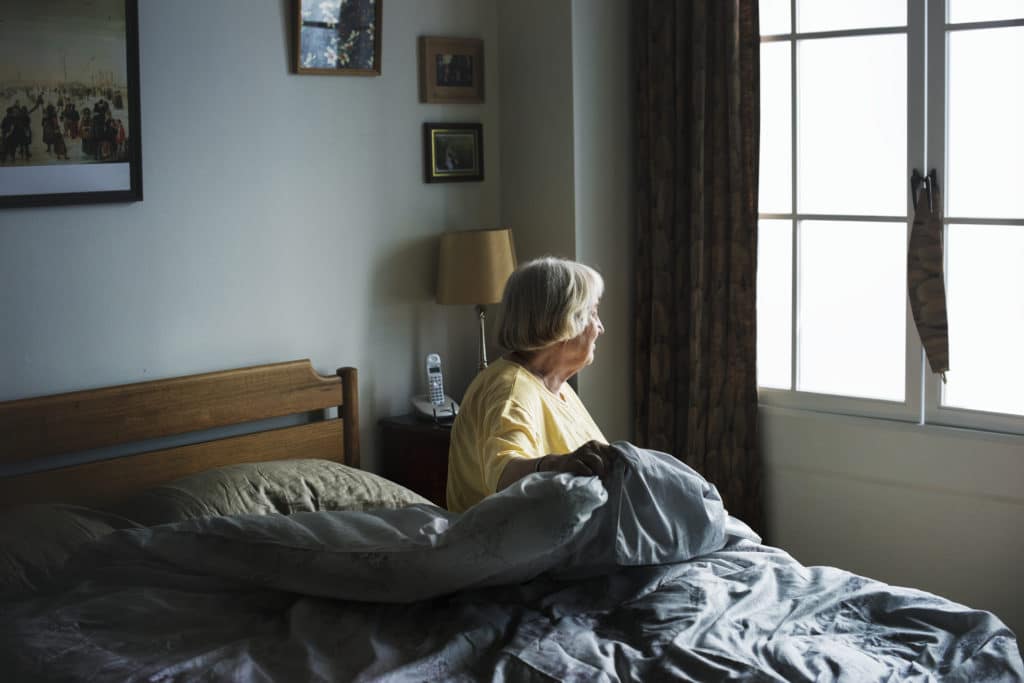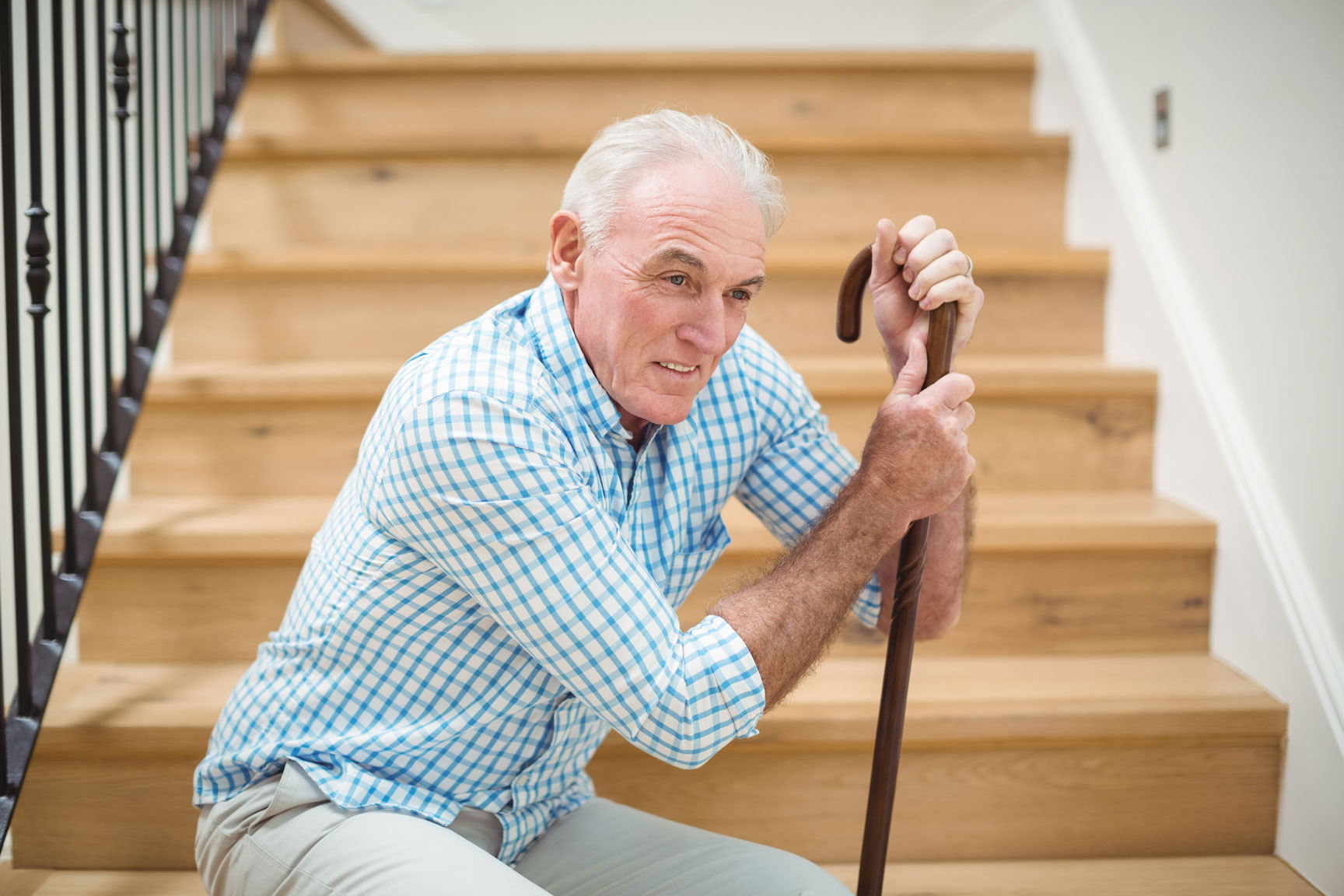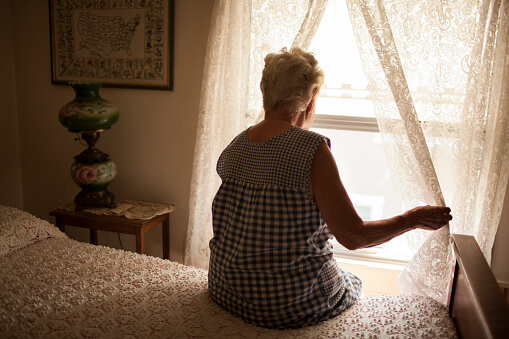In today’s world, ensuring the safety of our loved ones, especially the elderly, is a top priority. With advancing technology, motion sensors for fall detection have become a crucial tool in monitoring and preventing falls. These devices not only provide peace of mind but also enhance the quality of life for users.

Understanding Motion Sensors
Motion sensors are devices that detect movement within a specific area. They are commonly used in security systems, automatic lighting, and more recently, in fall detection systems. The use of motion sensors for fall detection is particularly beneficial in homes with elderly residents who are at a higher risk of falling.
How Motion Sensors for Fall Detection Work
The primary function of these sensors is to monitor movement patterns. When a fall is detected, the system sends an alert to caregivers or emergency services. This quick response can significantly reduce the risk of serious injuries. The sensors use various technologies such as infrared, ultrasonic, and microwave to detect motion.
Infrared Sensors
Infrared sensors detect heat emitted by objects. They are effective in identifying human presence and movement, making them ideal for fall detection systems.
Ultrasonic Sensors
These sensors use sound waves to detect movement. They are highly accurate and can detect falls even in cluttered environments.
Microwave Sensors
Microwave sensors emit radio waves and measure the reflection of these waves off moving objects. They are less affected by environmental conditions, making them reliable in different settings.
Benefits of Using Motion Sensors for Fall Detection
The use of motion sensors in fall detection offers numerous benefits:
- Increased Safety: Provides real-time alerts, allowing for quick response.
- Peace of Mind: Caregivers can monitor loved ones remotely, reducing anxiety.
- Non-Intrusive: Sensors operate without the need for cameras, preserving privacy.
Choosing the Right Motion Sensor for Fall Detection
When selecting a motion sensor for fall detection, consider the following factors:
Range and Coverage
Ensure the sensor can cover the necessary area in the home to effectively monitor movement.
Sensitivity
The sensor should be sensitive enough to detect falls but not so sensitive that it triggers false alarms.
Integration with Other Systems
Choose sensors that can integrate with existing smart home systems for a seamless experience.
Implementing Motion Sensors for Fall Detection at Home
Installing motion sensors for fall detection is a straightforward process that can greatly enhance home safety. Begin by identifying key areas where falls are most likely to occur, such as bathrooms, staircases, and hallways. Place sensors strategically in these areas to ensure comprehensive coverage.
For more information on creating a safe environment, visit CDC’s fall prevention page.
Future of Motion Sensors for Fall Detection
As technology evolves, so too will the capabilities of motion sensors. Future advancements may include more accurate detection algorithms, integration with wearable technology, and enhanced connectivity with other smart home devices.
Conclusion
Motion sensors for fall detection represent a significant step forward in safeguarding the health and well-being of the elderly. By investing in these systems, families can ensure that their loved ones are protected and supported in their homes.

Frequently Asked Questions
Do motion sensors for fall detection work without cameras?
Yes, many motion sensors for fall detection operate without cameras, providing privacy-friendly solutions. Learn more about privacy-friendly fall detection.
Can motion sensors be integrated with other smart home devices?
Absolutely. Many motion sensors are designed to integrate with existing smart home systems, enhancing their functionality. Discover how smart technology is transforming elderly care.
Are motion sensors reliable in detecting falls?
When installed and configured correctly, motion sensors are highly reliable in detecting falls. They should be part of a comprehensive safety strategy to ensure the best results.
This article contains affiliate links. We may earn a commission at no extra cost to you.






